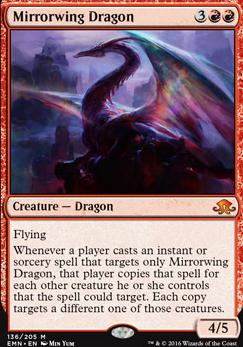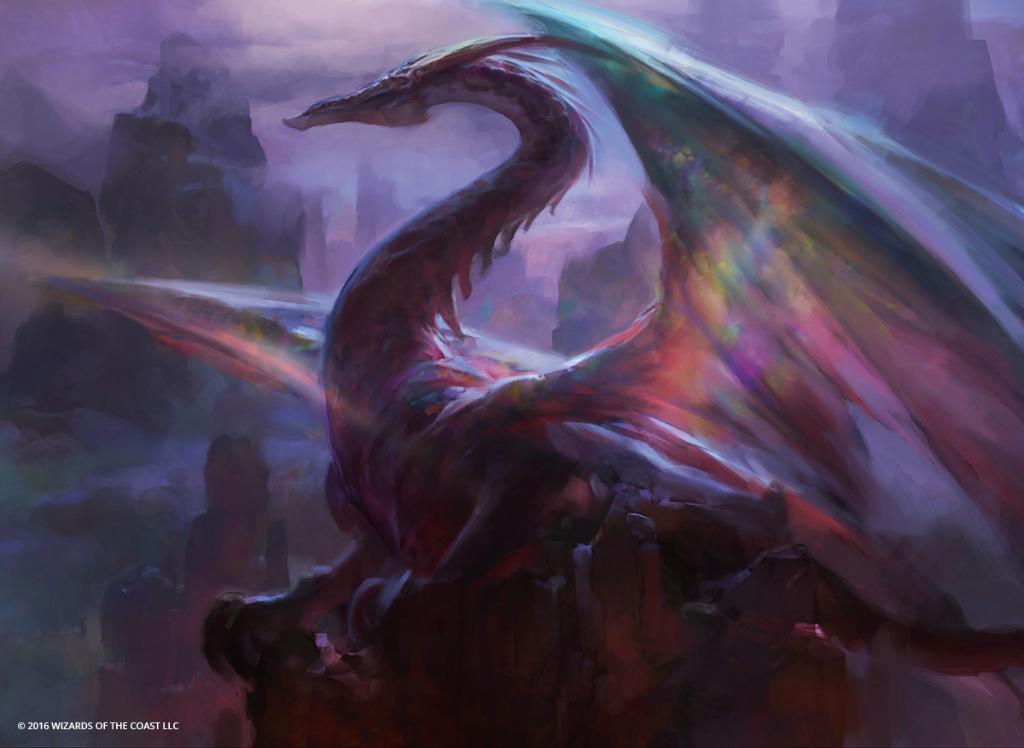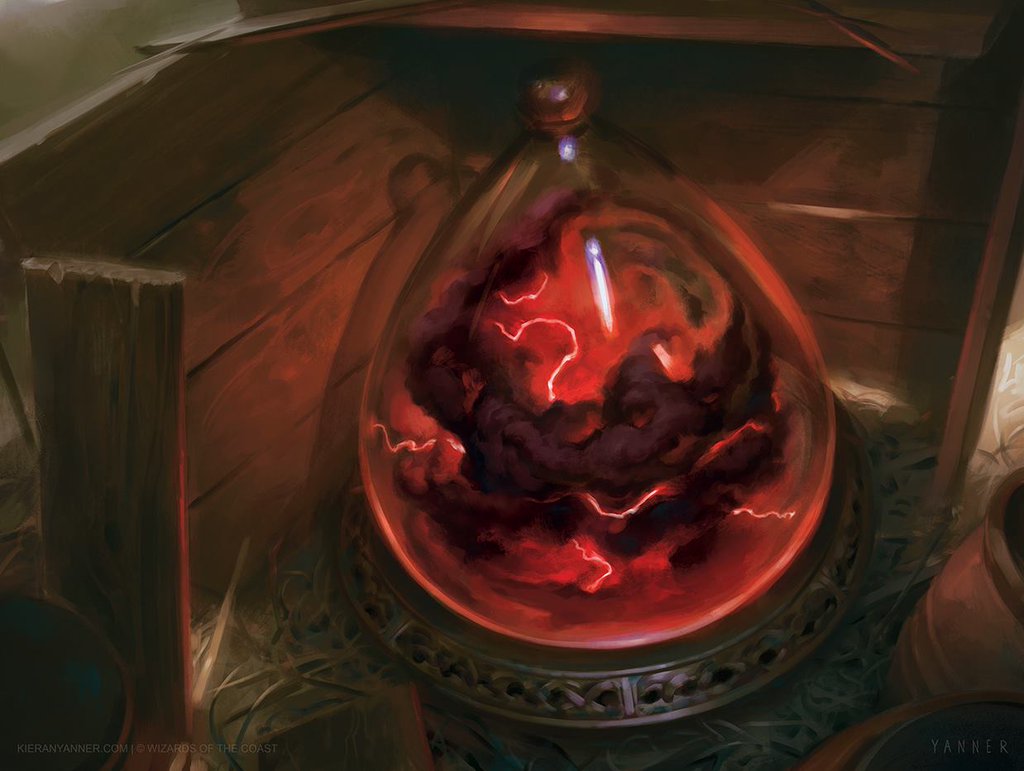Land (23)
Enchantment (4)
Creature (15)
Instant (18)
Sideboard
Sideboard (15)
Maybeboard
Suggestions
Updates Add
Comments
Attention! Complete Comment Tutorial! This annoying message will go away once you do!
Important! Formatting tips — Comment Tutorial — markdown syntax
Please login to comment
| Top Ranked |
|
| Date added | 4 years |
| Last updated | 3 years |
| Legality | This deck is Pioneer legal. |
| Rarity (main - side) | 1 - 0 Mythic Rares 23 - 9 Rares 15 - 6 Uncommons 11 - 0 Commons |
| Cards | 60 |
| Avg. CMC | 1.97 |
| Tokens | Goblin 1/1 R, Wolf 2/2 G |
| Folders | Deck ideas, Green deck, pioneer, The Mirrorwing, To check, Amazing Ideas, Seems Fun |
| Votes | |
| Ignored suggestions | |
| Shared with | |
| Views |












